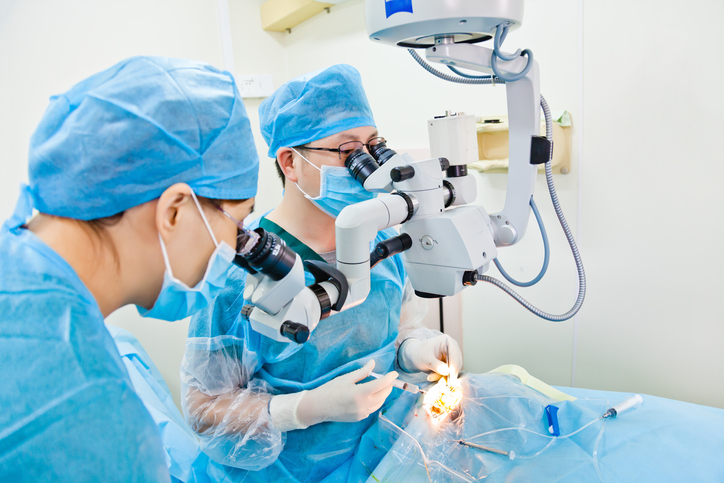The Reconstructive Miracles Of Microsurgery In Plastic Surgery
Microsurgery has transformed the field of plastic surgery. It helps people heal and regain function after traumatic injuries or surgery. A skilled surgeon can perform feats that seem miraculous. These include reattaching severed limbs, rebuilding faces, and correcting congenital defects. While popular trends like the vampire facial and facelift Oakbrook Terrace grab attention, the true marvel lies in the precision and artistry of reconstructive microsurgery. Let’s explore how this method changes lives, one delicate stitch at a time.
Understanding Microsurgery
Microsurgery involves using a microscope to conduct intricate surgical procedures. This technique allows surgeons to connect small blood vessels and nerves. It is often used in reconstructive procedures after trauma, cancer surgery, or congenital deformities. The process requires not just precision but also a deep understanding of human anatomy and function.
Miraculous Achievements
Through microsurgery, surgeons have achieved what once seemed impossible. They have successfully reattached fingers and hands, repaired complex facial injuries, and performed transplants. Here are some key benefits of microsurgery:
- Enhanced precision in connecting tiny structures.
- Improved tissue and organ survival rates.
- Reduced risk of complications.
These outcomes illustrate the profound impact microsurgery has on patients’ quality of life. For instance, after a severe injury, limb reattachment can prevent amputation. This allows individuals to retain functionality that would otherwise be lost.
Comparison with Traditional Surgery
It’s important to understand how microsurgery differs from traditional surgery. The table below highlights some comparisons:
| Aspect | Microsurgery | Traditional Surgery |
|---|---|---|
| Precision Level | Extremely High | Moderate |
| Recovery Time | Often Shorter | Varies |
| Risk of Complications | Lower | Higher |
This comparison shows that while both methods aim to improve health outcomes, microsurgery offers distinct advantages in certain scenarios.

Applications in Plastic Surgery
Microsurgery plays a crucial role in plastic surgery. It enhances the ability to rebuild and restore appearance and function. Common applications include:
- Breast reconstruction post-mastectomy.
- Facial reconstruction after trauma or cancer.
- Repairing birth defects such as cleft lip and palate.
These procedures help patients regain confidence and improve their overall well-being. The ability to reconstruct delicate areas like the face and hands showcases the art and skill of microsurgery.
Educational and Government Resources
For those interested in learning more about microsurgery, several educational resources provide valuable information. The Johns Hopkins Medicine offers detailed insights into various surgical techniques, including microsurgery. Additionally, the MedlinePlus website provides resources about plastic and reconstructive surgery, helping patients understand the options and outcomes associated with these procedures.
The Future of Microsurgery
As technology advances, so does the potential of microsurgery. Innovations such as robotic assistance and improved imaging techniques promise to enhance precision even further. Research into tissue engineering and regenerative medicine also holds exciting possibilities for the future. These developments may one day expand the boundaries of what microsurgery can achieve.
Microsurgery remains a cornerstone of modern plastic surgery. It combines technical expertise with artistic vision to perform reconstructive miracles. Through continuous advancements, it holds the promise of restoring hope and function to countless individuals worldwide.


